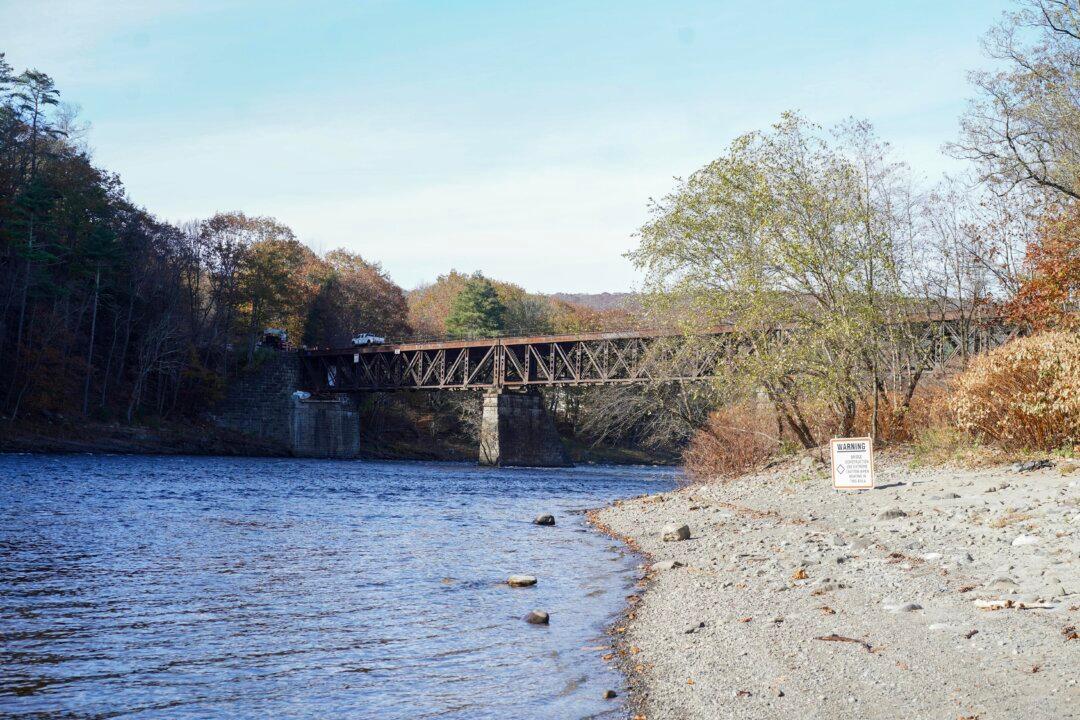UPPER DELAWARE, N.Y.—Nearly two out of every 10 gallons of water tapped from the Delaware River basin to feed public water systems are lost in distribution before they reach end customers, according to a presentation at an Upper Delaware Council meeting on June 6.
The presentation was based on 10-year data collected from 300 participating public systems drawing water from the expansive basin, which stretches across four states on the East Coast.





